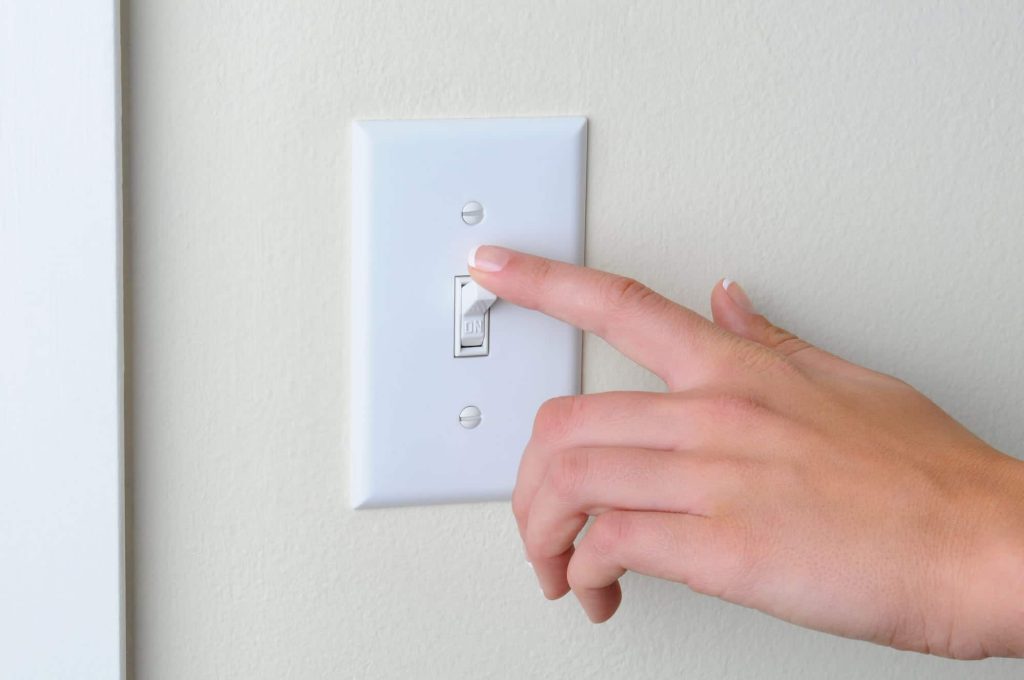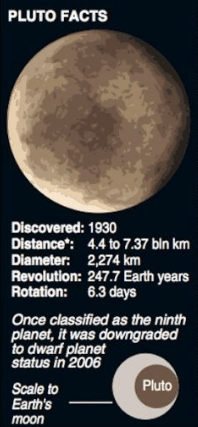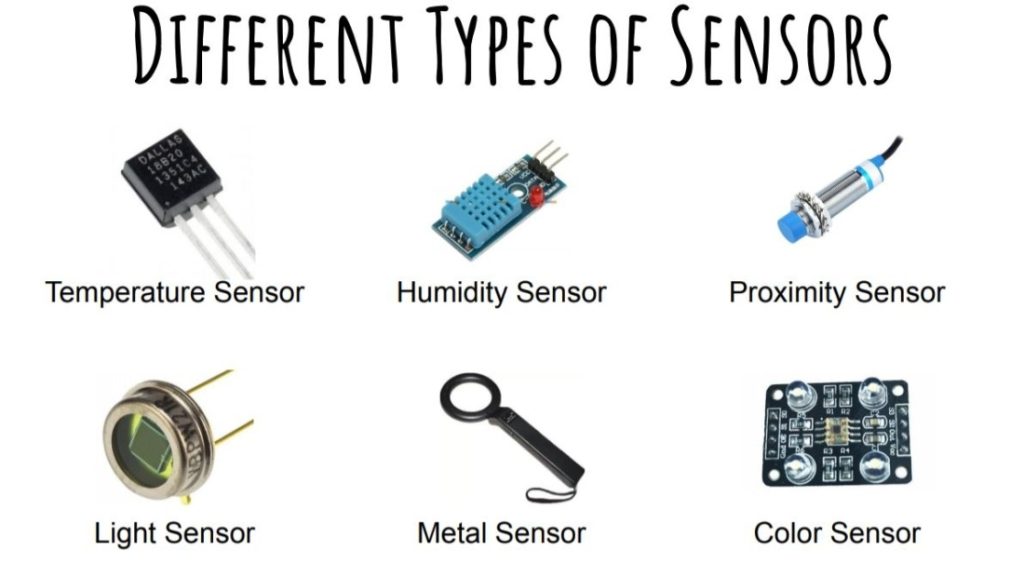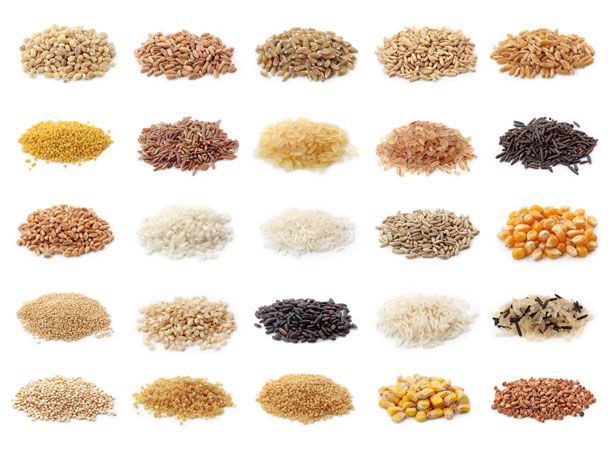The action and ignorance of our ancestors have left the world in shambles. With the environmental concerns growing day by day, it becomes our duty to protect the world from any more damage. The future of the planet is in the hands of our children. The beliefs we instil in them and the habits they build will reflect on the world. Thus, it is necessary to teach them the habits that will protect the environment.
- How can kids protect the environment?
- Create a backyard or community garden
- Go on a field trip. Explore and enjoy nature
- Teach your children environmentally-friendly habits at home
- Carpool when possible
- Teach your kids to properly dispose of waste
- Volunteer for community clean-ups
- Work together to create a compost
- Teach them to conserve water
- Read books and watch movies that teach them about the importance to protect the environment
- Make laundry detergent at home
- Encourage your kids to reuse items for craft projects
- Make DIY art items
- Collect rainwater
- Reduce tissue usage
- Make seed paper
- Final thoughts
You must begin teaching children when they are still young as the good habits that they learn when they are young, leave a lasting, long term impact. In this article, we will discuss the way you can teach your children to protect the environment.
How can kids protect the environment?
Create a backyard or community garden
Planting and caring for a garden is a great activity for kids to do. It teaches them about vegetation, sustainable living as well as the importance of plants to the Earth. Your kids can plant seeds in any small space with sunlight or you can gather all children in a community and create a garden.
Furthermore, having a conversation with kids about creating and maintaining a garden helps teach them about photosynthesis, soil composition and erosion. Additionally, gardening also encourages healthy eating.
Go on a field trip. Explore and enjoy nature
Venturing out into nature is an excellent way to build an appreciation of our Earth. Take your kids around the world and show them the different landscapes and plants that grow. Arizona is one such place where you can experience a variety of landscapes including mountains, a desert, red rocks and forests.
You can also enjoy other activities including hiking, a picnic and camping to enjoy nature to the fullest.
Teach your children environmentally-friendly habits at home

As we all know, change begins at home. With proper guidance from parents, children can learn several environmental friendly habits. These include turning off the light when they leave the room, using reusable bootle and utensils to reduce waste, saving water when bathing and brushing teeth etc. Furthermore, you can establish the habit of using both sides of printer paper when kids doodle.
Carpool when possible
This is environmentally friendly and fun. Carpool at least once a week to school or other activities like swimming or football coaching. Additionally, it is helpful to the parent who does not have to drop their kids everywhere.
Teach your kids to properly dispose of waste
Show children how to segregate and dispose of waste. Teach them what materials are recyclable or reusable and encourage their usage. Switch to reusable items where ever possible.
Volunteer for community clean-ups
Seeing first-hand how much garbage is there in the rivers and seas, as well as their own community, is sure to send a powerful message. Encourage your little one to clean up packages and bottles on the road, even if they were not the ones who threw them.
Work together to create a compost
Teach your children about biodegradable waste items. Then start a compost bin and collect in it, kitchen and dry waste. Once your compost is ready, your kids can help you plant seeds in the backyard using the compost they made.
Teach them to conserve water
Water is a precious resource. With only a small percentage of the world’s water being usable, it is necessary to conserve it wherever possible. Teach your kids to close the tap while brushing and bathing. Furthermore, you can keep a cup for brushing teeth and a container to help wash pout soap and shampoo., thus saving water. Additionally, you can use stickers in the bathroom to remind your little ones to turn off the faucet.
Read books and watch movies that teach them about the importance to protect the environment
Teach your kids to respect the environment by reading about and discussing various environmental books. Some examples include, The Lorax, Follow the Water from Brook to Ocean etc. In addition to books, you can also have movie nights with a movie that shows them the consequences of destroying the environment.
Make laundry detergent at home
Kids will love this fun and simple activity. All you need is hot water, baking soda, salt and unscented liquid castile soap. Firstly, heat the water. They dissolve the baking soda and salt in it. Add the liquid castile soap. At this point, you can also add essential oils of your choice for nice sent. Finally, mix, close and label your detergent.
Encourage your kids to reuse items for craft projects
Make fun ‘art out of waste’ projects with your little ones. Look through the recycling bin and whip up some creative crafted items. This is also a good time to recycle items at home and create new decor pieces.
Make DIY art items

Several art items can be made with products you already have at home. From stamps to paint, make art times that your kids can use later on.
Collect rainwater
Teach your kids about rainwater harvesting. During the monsoon season collect rain in large tubs and use it to water plants or clean floors.
Reduce tissue usage
When you have young kids who spill their food constantly, you will end up using a large amount of tissue and paper towels. Therefore, to reduce waste, switch to cloth napkins. Involve your kids in choosing colourful cloth and sewing napkins.
Make seed paper
This is a fun party favour idea. Make some seed paper using scrap bits of paper lying around the house. Your kids can write fun messages on it and hand them out to the guests. When planted, the paper grows into a beautiful plant.
Final thoughts
Teaching children to protect the environment is essential. By doing so you can ensure that they have a clean and safe planet to live in. However, you must remember to practice what you preach. This is because children look up to and learn from their parents. Furthermore, they mimic their behaviour. Thus, it is essential for the parent to also adopt eco-friendly behaviour.
Share with your friends





